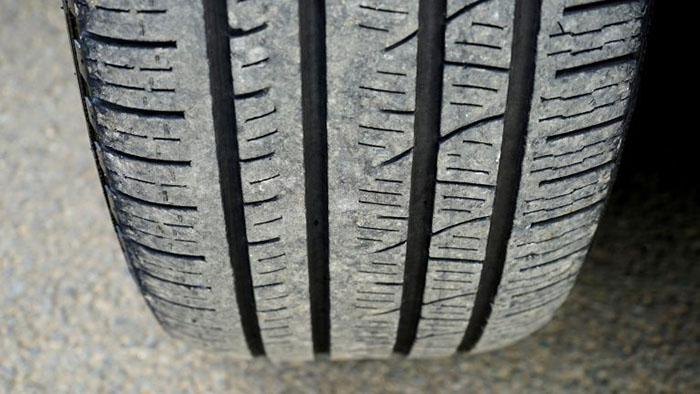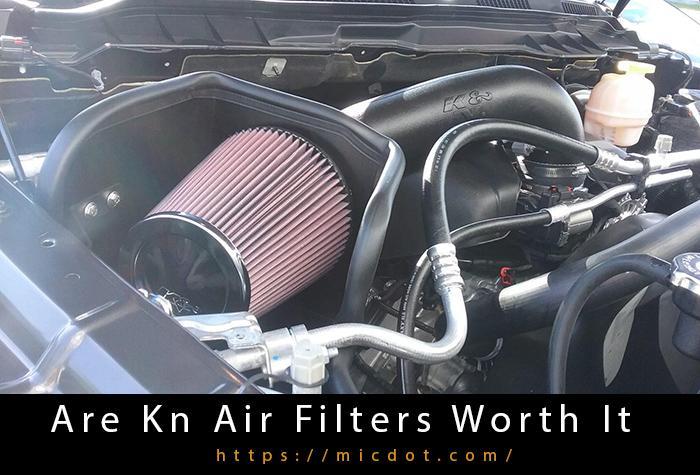This article contains affiliate links. If you click on any of the links and make a purchase, I may receive a small commission at no additional cost to you.
Is it possible that a vibrating steering wheel is the result of old, bald tires? How frequently do car owners inquire about this? The most common and obvious source of steering wheel vibration is worn tires, although many automobile owners don’t notice it.
You Are Watching: Can Worn Tires Cause Steering Wheel Vibration? Updated 04/2024
Tires and wheels are controlled by the steering wheel, therefore it’s only natural that issues arise when the tire wears out.
That, we believe, is the correct solution to the question posed above. However, in this post, we’ll examine all the possible causes of steering wheel vibration caused by worn tires.
What Does it Mean For a Tire To Be Worn?
Because of continual use or being late, a tire is said to be worn out when it shows signs of slow degradation and impairment.
In addition to being damaged by excessive driving, a tire can also wear down owing to the constant strain of driving on a rough terrain. As a result, the wheel’s connection to the tire will be affected by all of this.
Can Worn Tires Cause Steering Wheel Vibration?
Yes, a vibrating steering wheel can be caused by old, bald tires. You may experience steering wheel shaking while driving if your tires are worn or damaged or if they are out of balance.
When driving at lesser speeds, you may not be as aware of the steering wheel vibration as you are when driving at greater speeds.
When you’re driving at speeds of 60 mph or more, you’re more likely to experience wheel vibration from tires that are out of shape. At faster speeds, the signage may fade back into the background.
What Are The Symptoms of a Worn Tire?

Read More : Indiana Legal Window Tint Updated 04/2024
When you’re driving down the highway and you notice a vibration in your steering wheel, it’s a warning that your tires may be worn or damaged and need to be examined.
Over time, if you become aware of this and do nothing about it, it might cause significant damage to other components.
This condition may also cause the wheels to shake at speeds between 50 and 50 mph, with the shaking becoming greater at speeds between 60 and 60 mph. However, if you increase your speed, the difficulty diminishes.
What Are The Causes of Worn Tires?
The most obvious and typical reason of vibration in the steering wheel is worn out tires, as we already stated.
If you don’t do what you’re supposed to, you’ll run into complications later on.
The tires should be rotated if one side of the tire wears out more than the other. Replacement of the tires may be necessary if the tread is excessively worn or if the tire rotation was unsuccessful.
To avoid a high-speed blowout, you must change the tire as soon as you see a bulge on the sidewall.
When you hit the tire on a deep pothole, the bulge usually occurs. For your own safety, you can buy new tires to replace the ones that have worn out.
In addition, the way you maintain your tires is critical. Uneven tread wear, which can result in steering wheel vibration, can be caused by either underinflated or overinflated tires.
Keep an eye on the tire pressures to avoid any mishaps by swapping the tires between various wheels. You’ll need the assistance of an expert auto repair to resolve this.
Read More : Labor Cost To Replace Alternator Updated 04/2024
Tire wear can also be caused by misalignment. Driving on incorrectly aligned tires will generate a steering wheel vibration since the tire is under a lot of stress because it isn’t in the correct position.
Misalignment is mostly the result of wear and tear over time, but it can also be the result of driving habits and geographic location.
It’s possible to cause tire misalignment if you frequently hit large potholes, curbs, railroad tracks, or speed bumps. This necessitates a tire realignment.
While this is going on, a misaligned tire can be easily identified by simply inspecting the tread. Your tires and/or wheels need to be adjusted if you observe substantial wear and tear in certain places. Tire alignment is needed if your vehicle also pulls while driving, rather than upon braking.
After a lengthy period of inactivity, your car’s tires can develop flat spots, which can cause wheel vibration. However, this problem can be remedied by driving for a few kilometers.
In order to avoid flat spots and keep your tires fresh until the next time you want to use your car, you should always inflate your tires to a higher pressure before parking your car for an extended period of time.
Potential Dangers of Steering Wheel Vibration
When you experience steering wheel vibration, it’s best to focus your frustration on finding and fixing the underlying cause of the vibration, which is often worn tires.
There are a variety of things this can help you avoid, such as damage to your shocks, struts, and suspension, as well as other problems with your automobile and, perhaps most dangerously, an accident. High-speed tire failure is also caused by tire wear.
Conclusion
If this article has convinced you that worn tires can cause steering wheel vibration, then you are on the right track. The only way to assure your safety and protect your vehicle is to take immediate action.
Stopping and calling your mechanic is always the best course of action when you feel this vibration in your vehicle’s steering wheel.
Sources: https://micdot.com
Category: Car










